Most climbers have felt their elbows in their climbing career. Climbing physiotherapist and MSc manual therapist Simon Deussen shows in today's article useful information and exercises for mobilization, stretching and strengthening the elbow.
A guest contribution by Simon Deussen - owner of PhysioVision Zurich - Supported by Minimum bouldering and Gasworks climbing center
When climbing, the fingers grip a handle. The forearm muscles tighten and the forces are distributed to the fingers, the elbow and shoulder area. It is exciting that we struggle with structures that have been restructured over the millennia to less strain.
Here is a small digression on the evolutionary changes in hand muscles: Put your arm on the table so that your forearm and upper arm are at a 90 ° angle to each other.
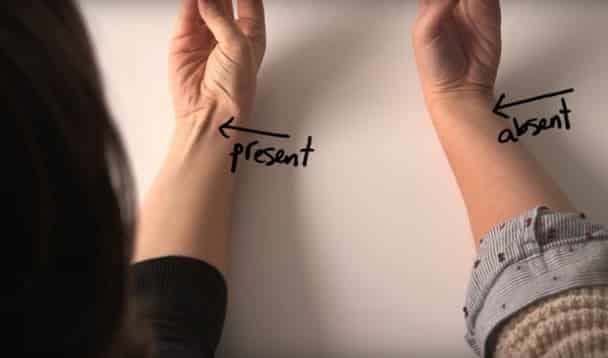
Bring your thumb and little finger together and bend your wrist slightly so that the back of your hand lifts off the table top.
Is there a tendon moving or not? If so, you are not one of the mutated people, as only 10 to 15 percent of all people lack one or both arms. Science does not have any disadvantages for these people. But what about us climbers? Unfortunately, this cannot be answered yet. However, the palmaris longus muscle is particularly useful for animals that move a lot with their front legs and for monkeys that climb a lot on trees.
The most common injuries to the elbow
The most common injuries to climbers after overloading, falling or the action of jerky forces on the elbows are:
- A persistent muscle pump (preliminary stage of a tendon problem)
- Inflammation / changes in the tendons (very common)
- Tear tendon (rarely capsular ligament tears) and the resulting instability
- Dislocation (rarely dislocating the elbow)
In the case of traumatic events of the elbow or pain from two months on, I recommend visiting the doctor first. A very good diagnosis can be made through the conversation and musculoskeletal examination, supported by ultrasound diagnostics.
So you really warm up
How do you actually warm up in general or with tendon and ligament problems? As a therapist and climber, I have always noticed that everyone has their own method and exercises for warming up. External rotation with the Theraband, a little stretching and maybe kneeling once or twice.
Unfortunately, if you want to warm up to the strain of climbing on handles, these exercises are not useful! As I said, it is about preparing the upper extremity for high tensile loads. As with all sports, you should functionally warm up with what is done afterwards. In our case it is climb.
Rule of thumb for warming up
Before you get into your projects, always climb at least five to six easy sport climbing routes or boulder up and down on about 120 grips. This recommendation is based on a climbing-specific examination of Andreas Schweizer's finger bands. And what applies to the finger straps also applies to the tendons. It is important that you dress fully and are fully stretched when climbing down. Don't be afraid, you don't overreact if you actively exercise.
Don't forget: muscle stretching and strengthening
Muscle stretching
Muscle stretching and strengthening for elbow problems is just as important as the correct warm-up. It's best to stretch on a day off. Three stretching units per day with three series of 30 seconds each are optimal. If you do not feel any significant improvement after two to three months, I advise you to let the stretching stop completely. In practice and also in science, there are clear signs that it can have a negative influence on the tissue.
Muscle strengthening
The second thing to do is to focus on the topic of muscle strengthening. You should always do a progressive - and painless - build-up training. By the way, the opinion “No Pain, No Gain” is outdated!
A rule of thumb: You must not experience tissue-damaging pain during the strengthening exercises or afterwards. You can classify such pain subjectively. Stinging, burning, radiating, tearing and increasing pain must not reach more than 5 points on a scale from 0 to 10. A stress stimulus after bouldering that does not last longer than 15 to 20 minutes is okay.
These tips and the following exercises should help some of you to solve or manage the tendon problems much better. For those who do not get rid of the stress pain despite this own management, I advise the contribution on the Percutaneous electrolysis-Therapy EPTE® to read, which will appear next on LACRUX.
These exercises help with elbow problems
With the following exercises you address the most important areas of the elbow.
Important: You must not experience any pain during the exercises or afterwards. A so-called stretch pain (tension / pressure) is desirable and should reach about 7 to 8 on a scale of 0 to 10. You keep this for at least 30 seconds and repeat all exercises three times. You repeat the exercises at least three times a week.
Exercise for the Lateral climbers elbow
Mobilization and stretching
Exercise 1

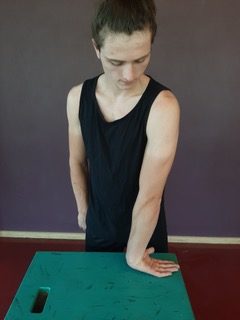
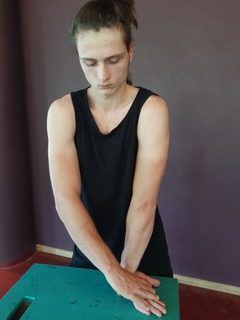
Strengthening
EXERCISE 2



EXERCISE 3
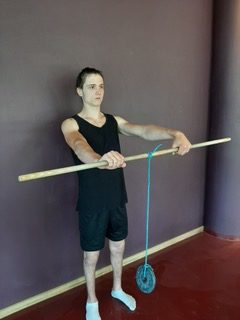
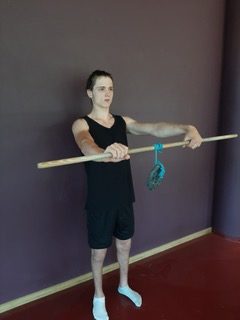
EXERCISE 4
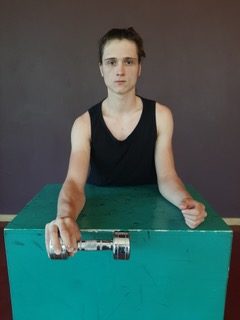
You start from the inside and end outside (accent stretcher / external rotators). For the strong, just turn it from the outside in and directly back until the pump comes.
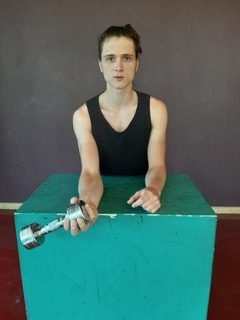
Exercise for the Medial Climber's Elbow
Mobilization and stretching
Exercise 5
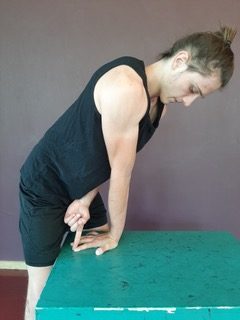
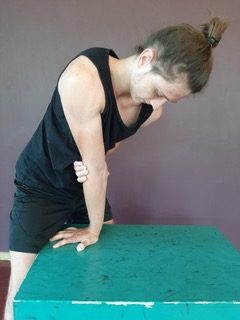
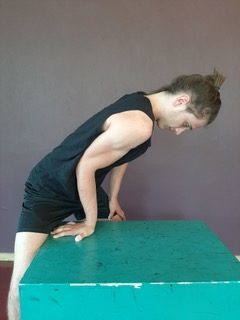
This way you achieve the previously unachievable reductions.
EXERCISE 6


EXERCISE 7
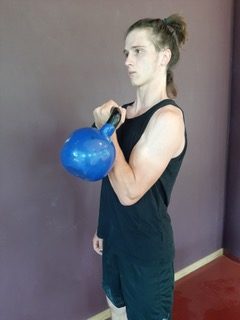
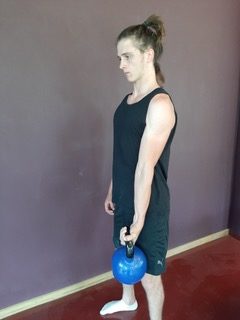
EXERCISE 8
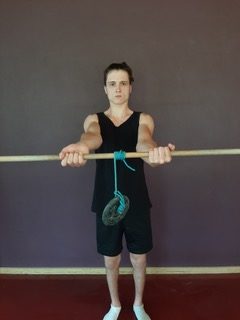
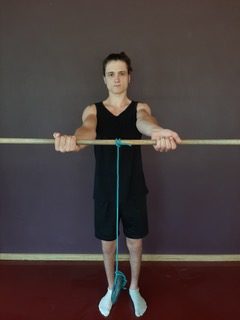
EXERCISE 9


You start from the outside and end inside (accent flexor / internal rotators). For the strong, just turn it from the outside in and directly back until the pump comes.
About the article series
The series of articles with Simon Deussen takes up climbing-specific health topics at regular intervals. The series of topics is presented by the Bouldering hall minimum and the Gasswerk climbing center.

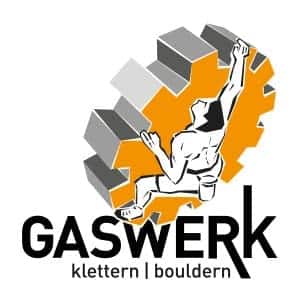
About Simon Deussen
Simon Deussen is a climbing physio and MSc manual therapist and owner of the Physio Vision practice in Zurich. As a passionate climber, he knows the needs of climbers from his own experience.
www.physio-vision.ch
That might interest you
More training tips

Do you like our climbing magazine? When we launched LACRUX, we decided not to introduce a payment barrier. It will stay that way, because we want to provide as many like-minded people with news from the climbing scene.
In order to be more independent of advertising revenue in the future and to provide you with even more and better content, we need your support.
Therefore: Help and support our magazine with a small contribution. Naturally you benefit multiple times. How? You will find out here.

